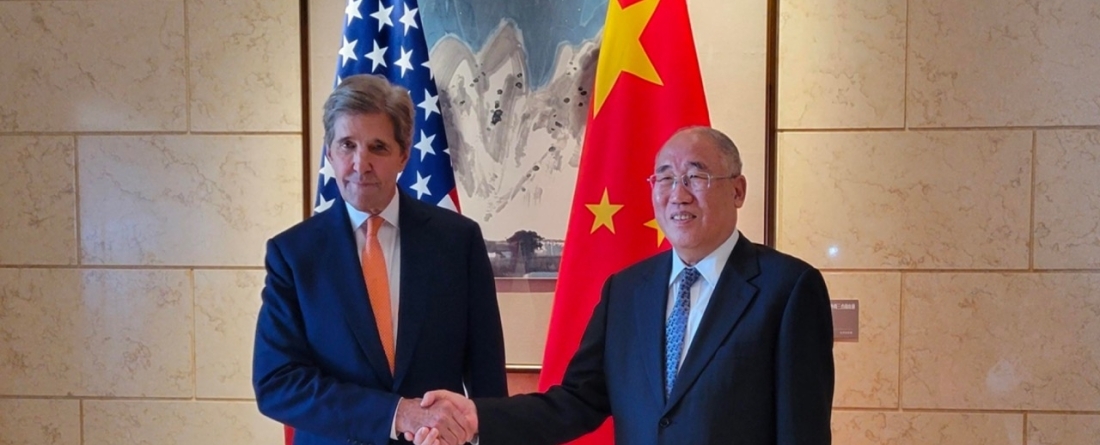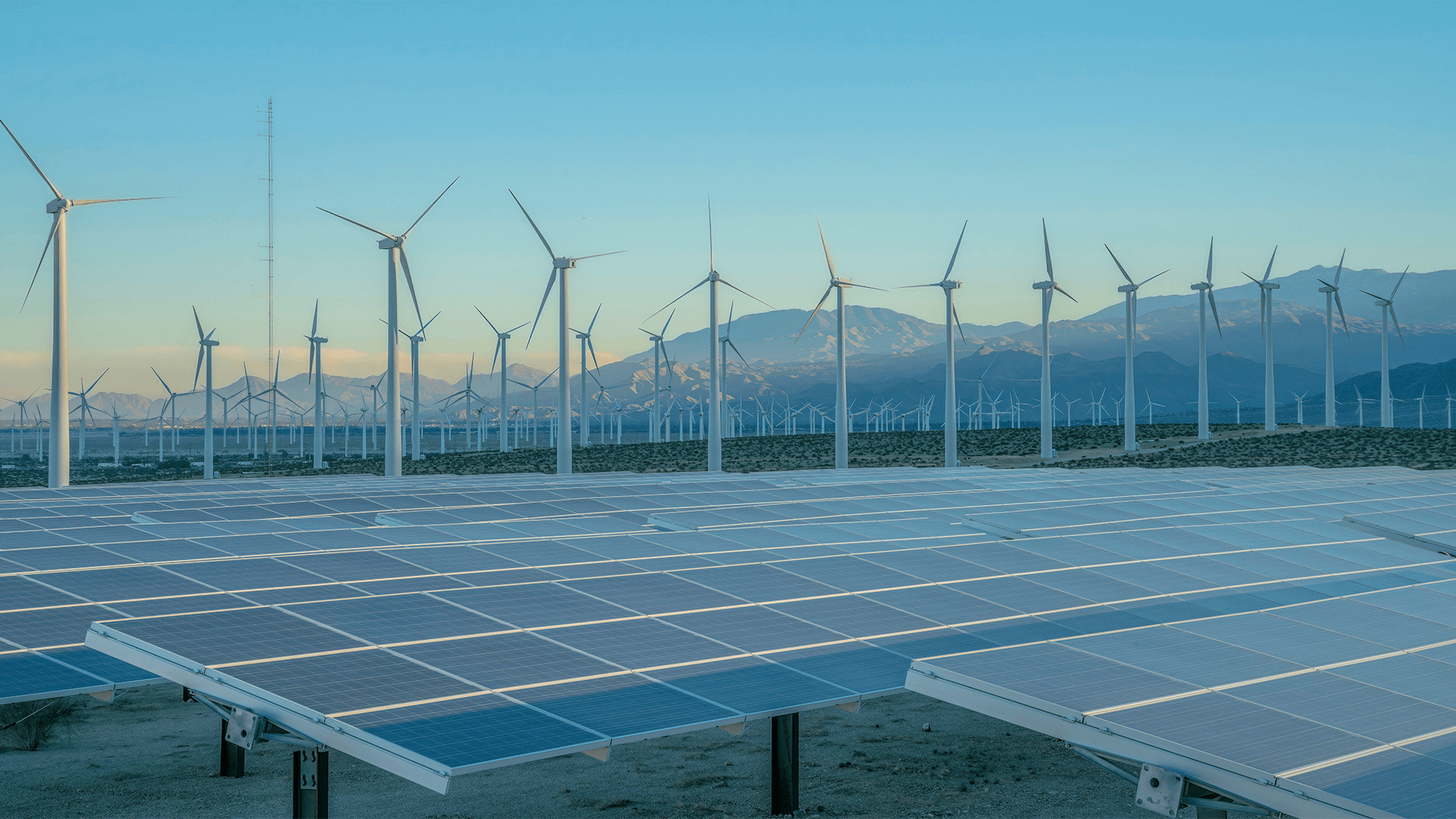
Commentary on July 2023 U.S.-China climate meeting outcome in Beijing
By: Nate Hultman, Ryna Cui, Mengye Zhu
U.S. Special Presidential Envoy for Climate John Kerry and China’s envoy Minister Xie Zhenhua met in Beijing this week to discuss climate change and possible areas of U.S.-China collaboration.
The meeting outcomes were encouraging for several reasons. There is a shared recognition of the urgency of action and agreement on areas for future collaboration, including rapidly reducing emissions in the power sector and exploring economy-wide actions on non-CO2 gases like methane. After months with limited climate dialogue, it’s also encouraging that the two biggest emitters will schedule two additional meetings toward a potential COP28 moment.
Specific notable outcomes include:
- Re-engagement. The re-engagement of communication itself is an important step, not just for bilateral cooperation but it also ensures that there is an open climate channel between the two largest emitters and largest economies, who together can drive international climate action.
- Re-committing to frameworks previously agreed. While there has been a pause in bilateral discussion, Secretary Kerry stated that the two sides are reaffirming the content of the guidance from the meeting between President Biden and President Xi in Bali in 2022 that supported re-engagement, as well as the previously agreed U.S-China statements from 2021, including the Joint Glasgow Declaration on Enhancing Climate Action in the 2020s. These agreements put forward a vision for actions that could be undertaken to support a rapid, near-term response.
- Concrete next steps. The discussions appear to have generated enough mutual interest and expectations for progress to support concrete planning for future meetings on specific topics. The two countries have agreed to at least two additional meetings, with a potential goal of COP28.
- Topics for additional work. Secretary Kerry mentioned three specific areas for additional work.
- Electricity and Power Grid. Management with high levels of renewable deployment can enable overall reductions in coal utilization, and this could be a valuable area for both countries to work on together, as each faces different but related challenges. For example, it could help China ensure that less coal would need to be used to ensure energy security and grid stability, even with some additional coal capacity being built (brief).
- Economy-wide emissions trajectories including all greenhouse gases. Secretary Kerry mentioned that further discussion on each country’s emissions strategy could include all greenhouse gas emissions, including how their overall trajectories toward existing goals would move toward the next target-setting goal of 2035. This could include, for example, methane, HFCs, ground-level ozone, and nitrous oxide.
- Working jointly toward international success at COP28. Secretary Kerry noted that both sides are “alarmed” at the science of climate change—consistent with language in previous bilateral statements— and that they are committed to working together toward a good outcome at COP28 later this year.
Additional background, commentary, and other research from the Center for Global Sustainability on these topics is listed here.
About our experts:
- Nate Hultman, Director, Center for Global Sustainability
- Ryna Cui, Research Director, Lead for China Program, Center for Global Sustainability
- Mengye Zhu, Assistant Research Professor, Center for Global Sustainability



